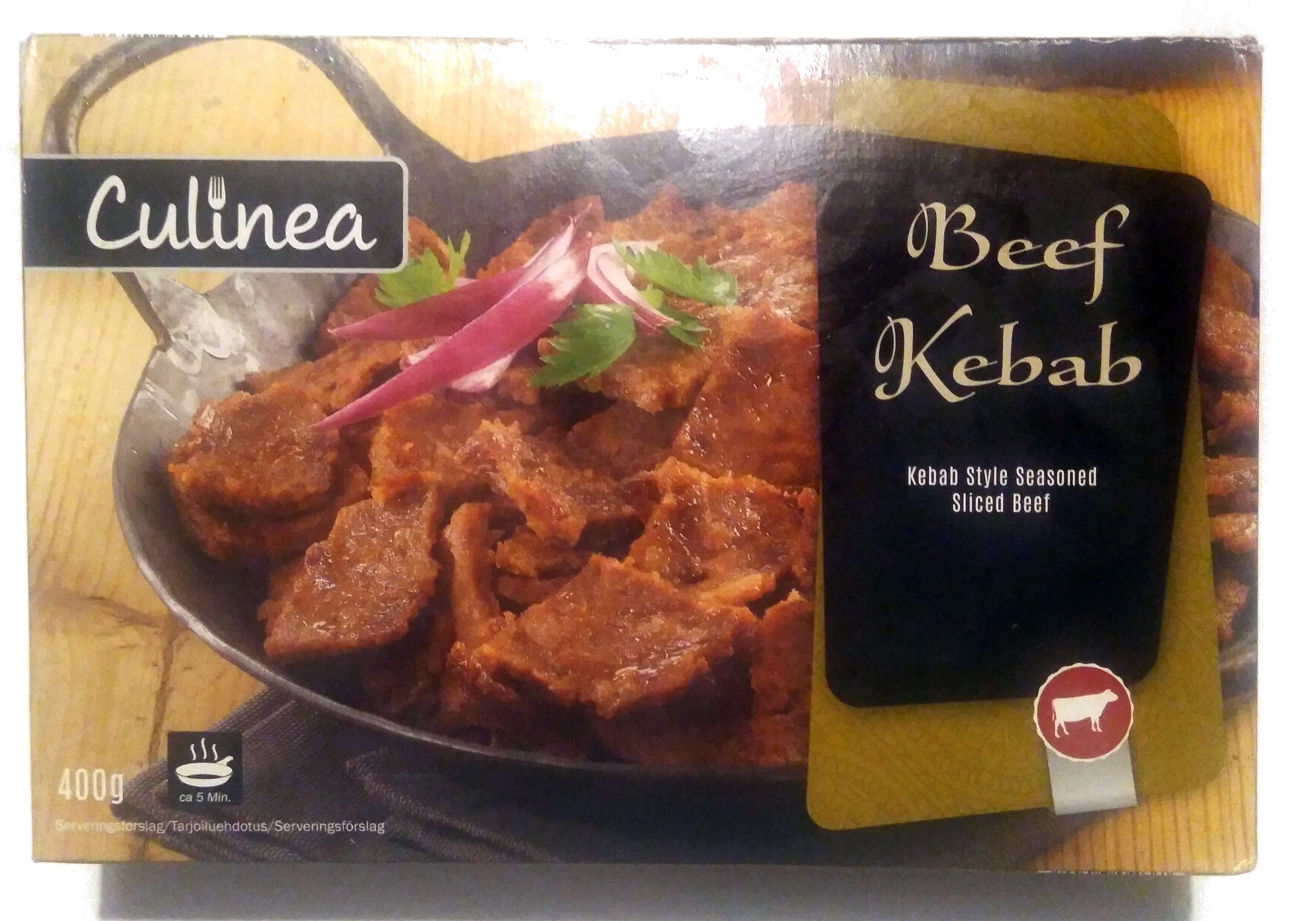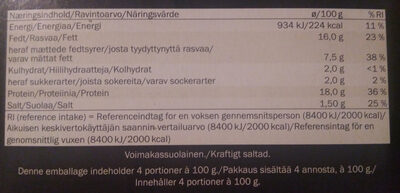Beef Kebab - Glenfell - 400 g ℮
Ambiguous barcode: This product has a Restricted Circulation Number barcode for products within a company. This means that different producers and stores can use the same barcode for different products.
×
This product page is not complete. You can help to complete it by editing it and adding more data from the photos we have, or by taking more photos using the app for Android or iPhone/iPad. Thank you!
×
Streckkod: 20060237
Vanligt namn: Kebab av nötkött. Kryddad och stekt.
Kvantitet: 400 g ℮
Förpackning: Plast, Kartong, en:Frozen, en:ldpe-low-density-polyethylene, 21 PAP, LDPE
Kategorier: Kött och dess produkter, en:Beef and its products, Fryst mat, Färdigmat, Kött, en:Beef, Fryst kött, en:Frozen meat preparations, en:Pan-fried dishes, fr:Poêlées façon kebab
Etiketter, certifieringar, utmärkelser:
en:Green Dot, Tillverkad i Tyskland
Tillverknings eller bearbetningsplats: Allemagne
Spårbarhetskod: DE NW-20028 EG
Butiker: LIDL
Matching with your preferences
Miljö
Förpackning
Transportation
Report a problem
Datakällor
Produkt tillagd den av tacite
Senast ändrad produktsida på av naruyoko.
Produktsida också redigerad av jumati, openfoodfacts-contributors, packbot, quechoisir, segundo.











